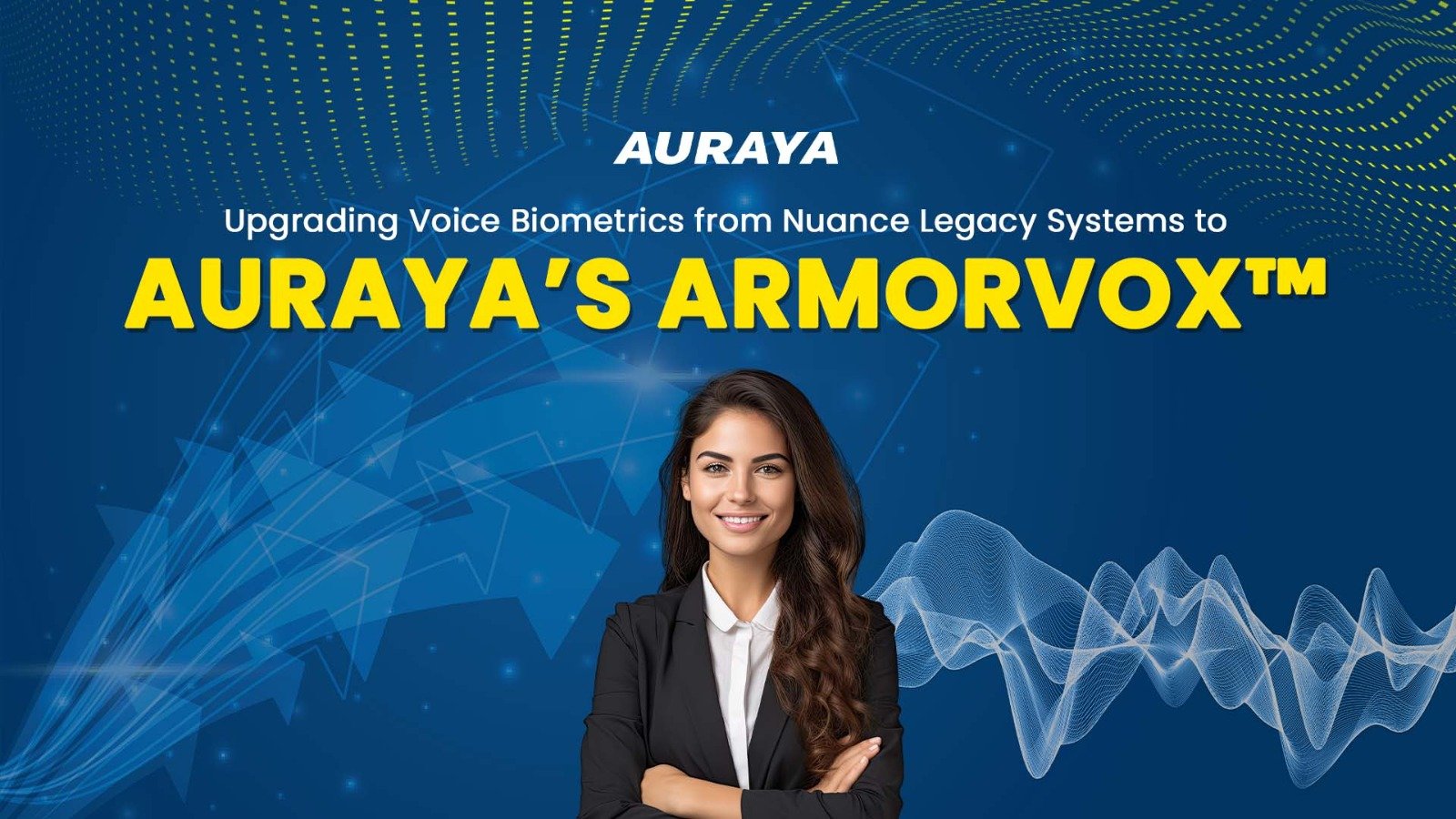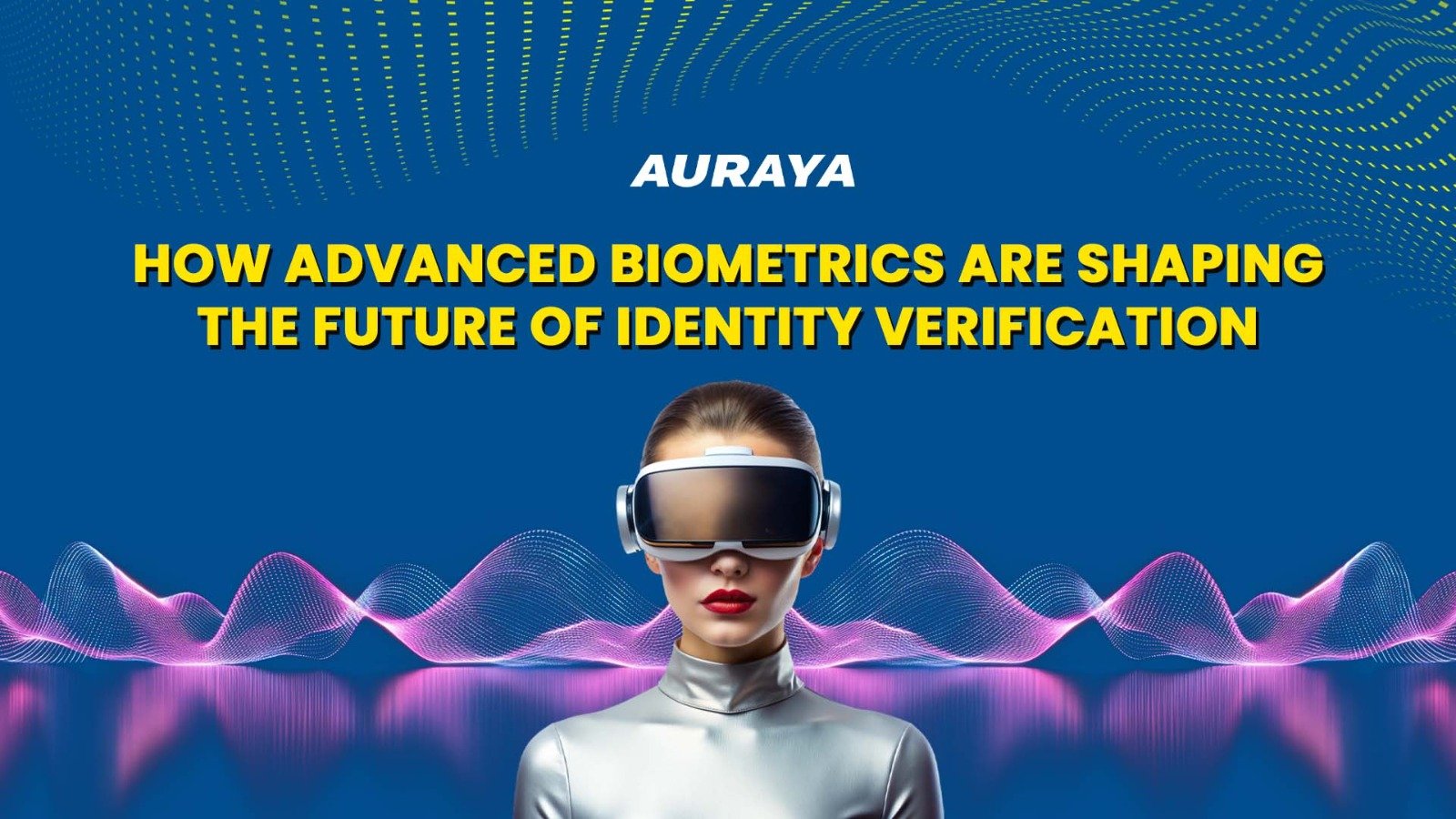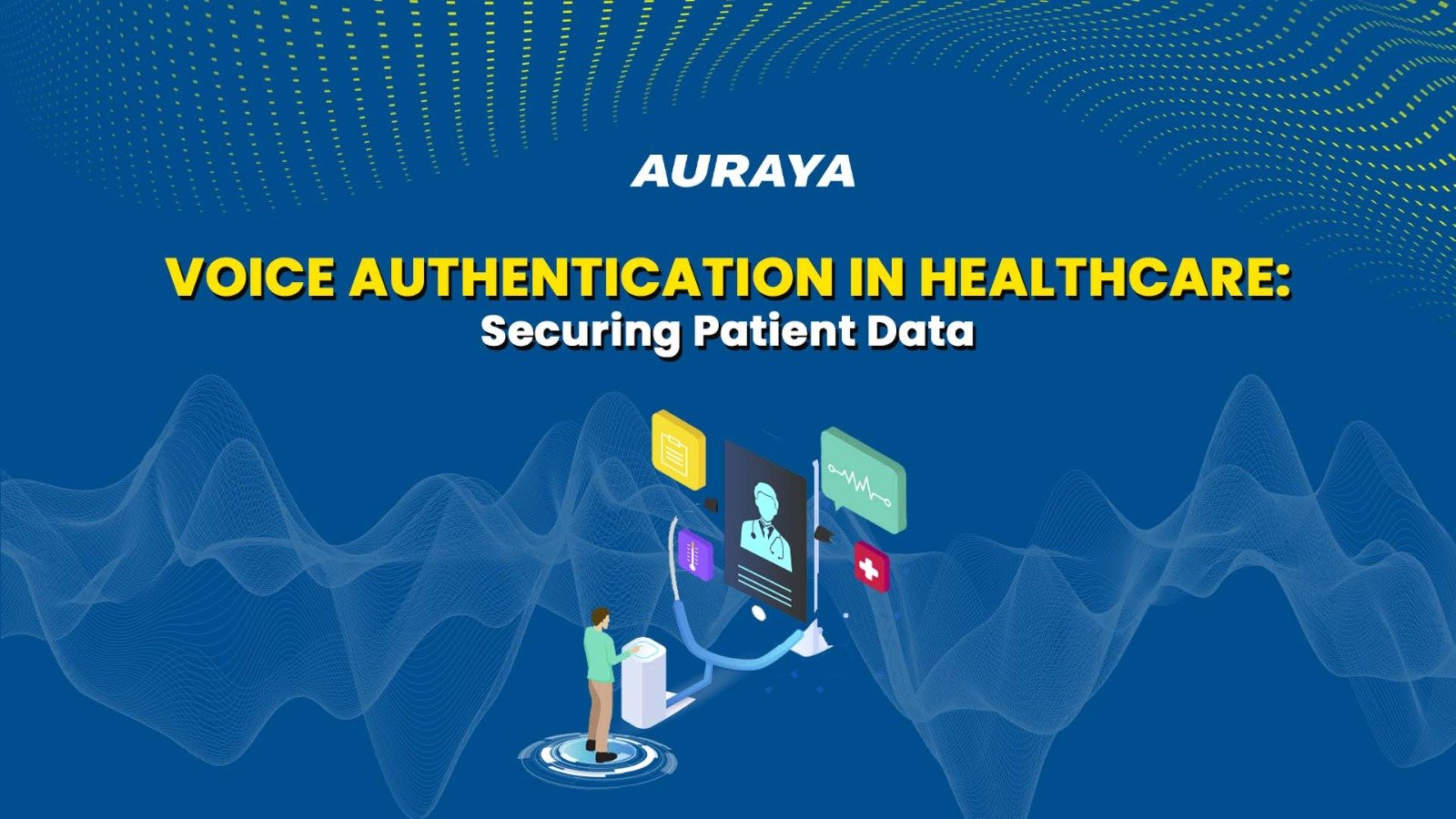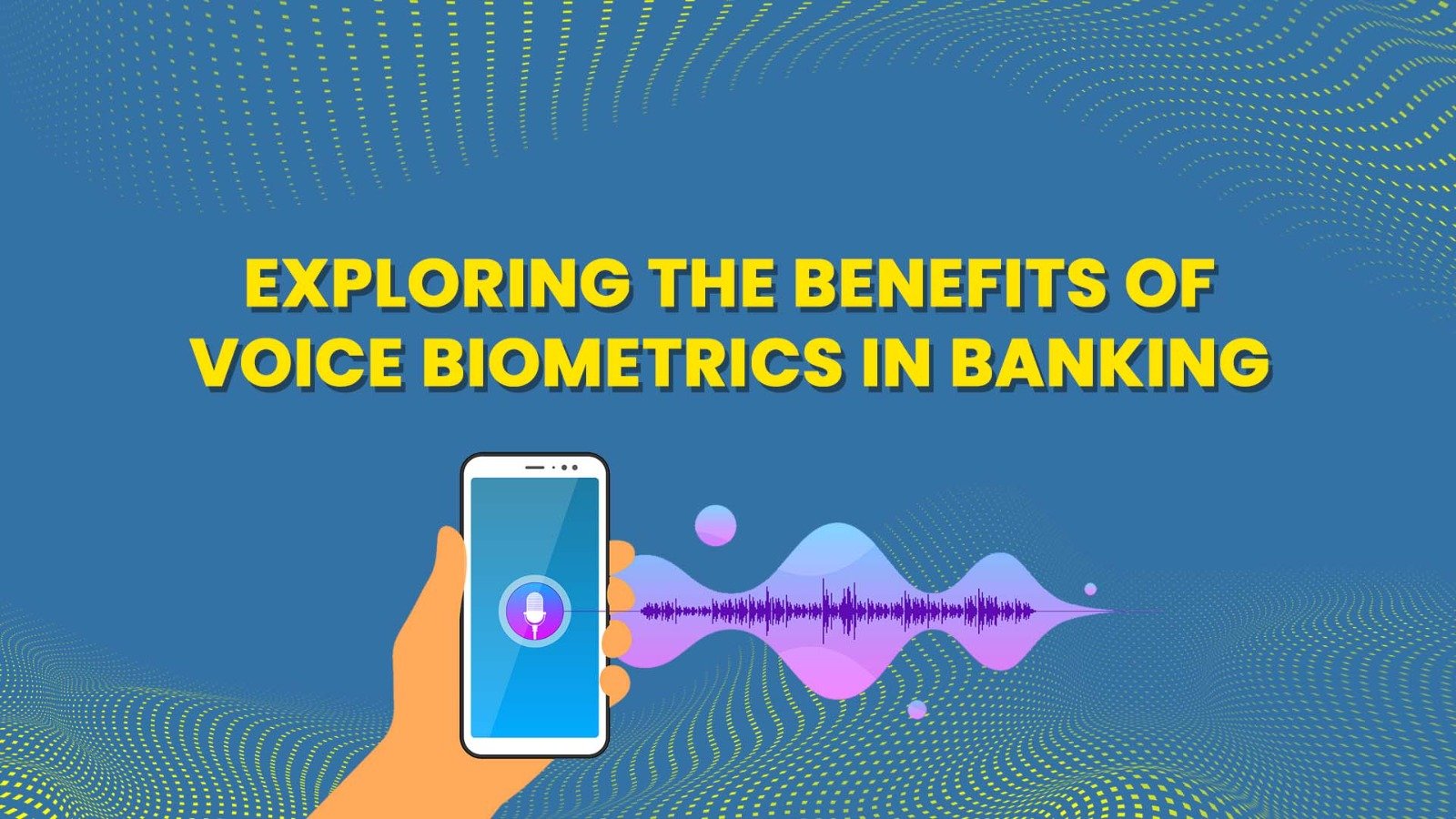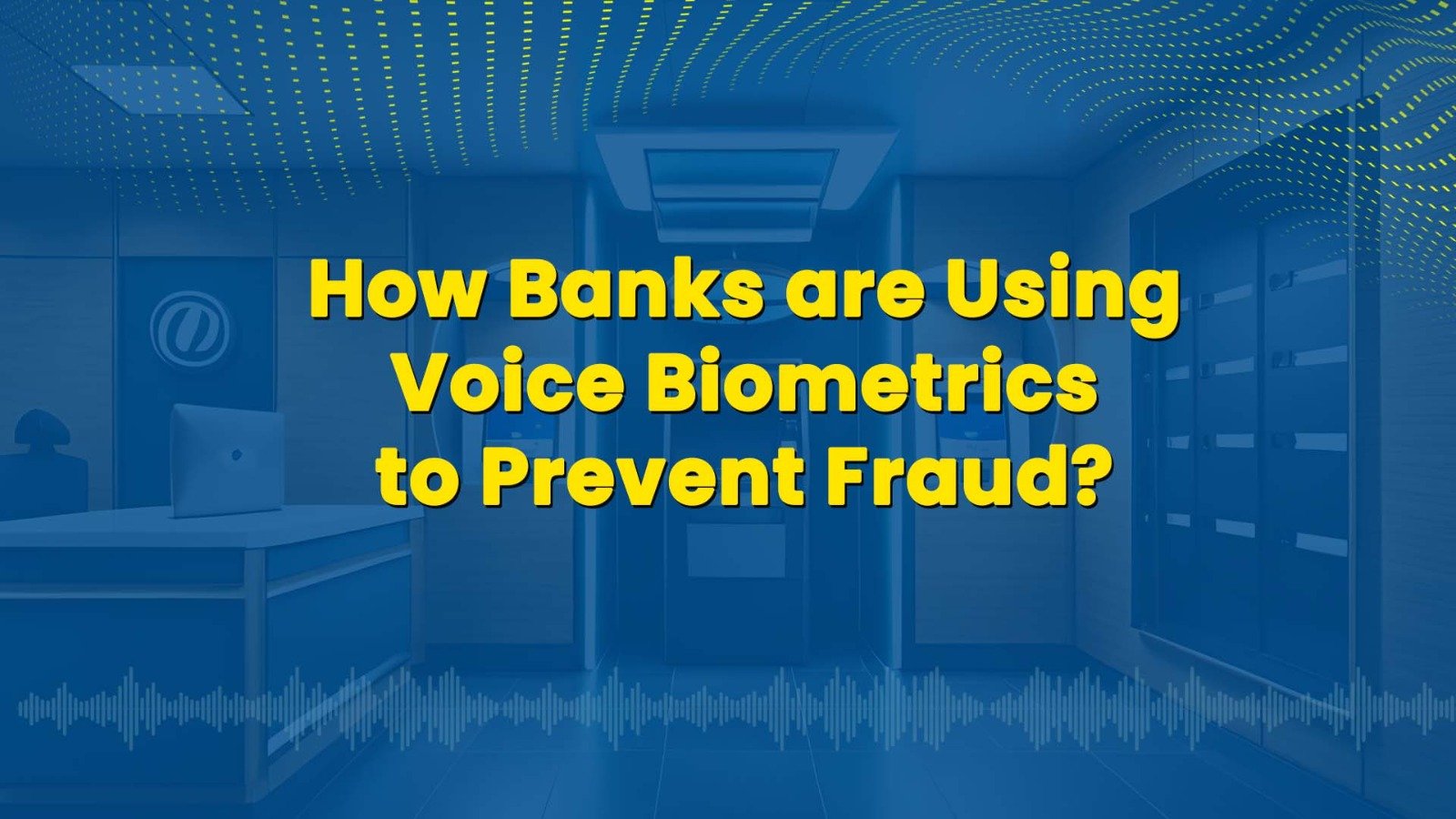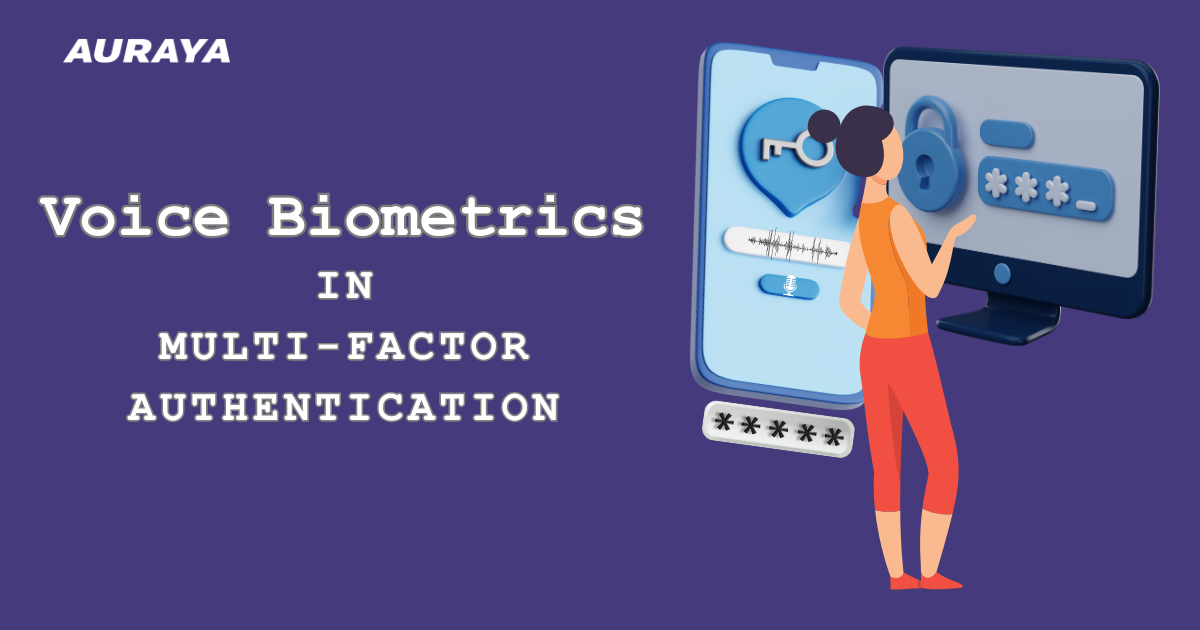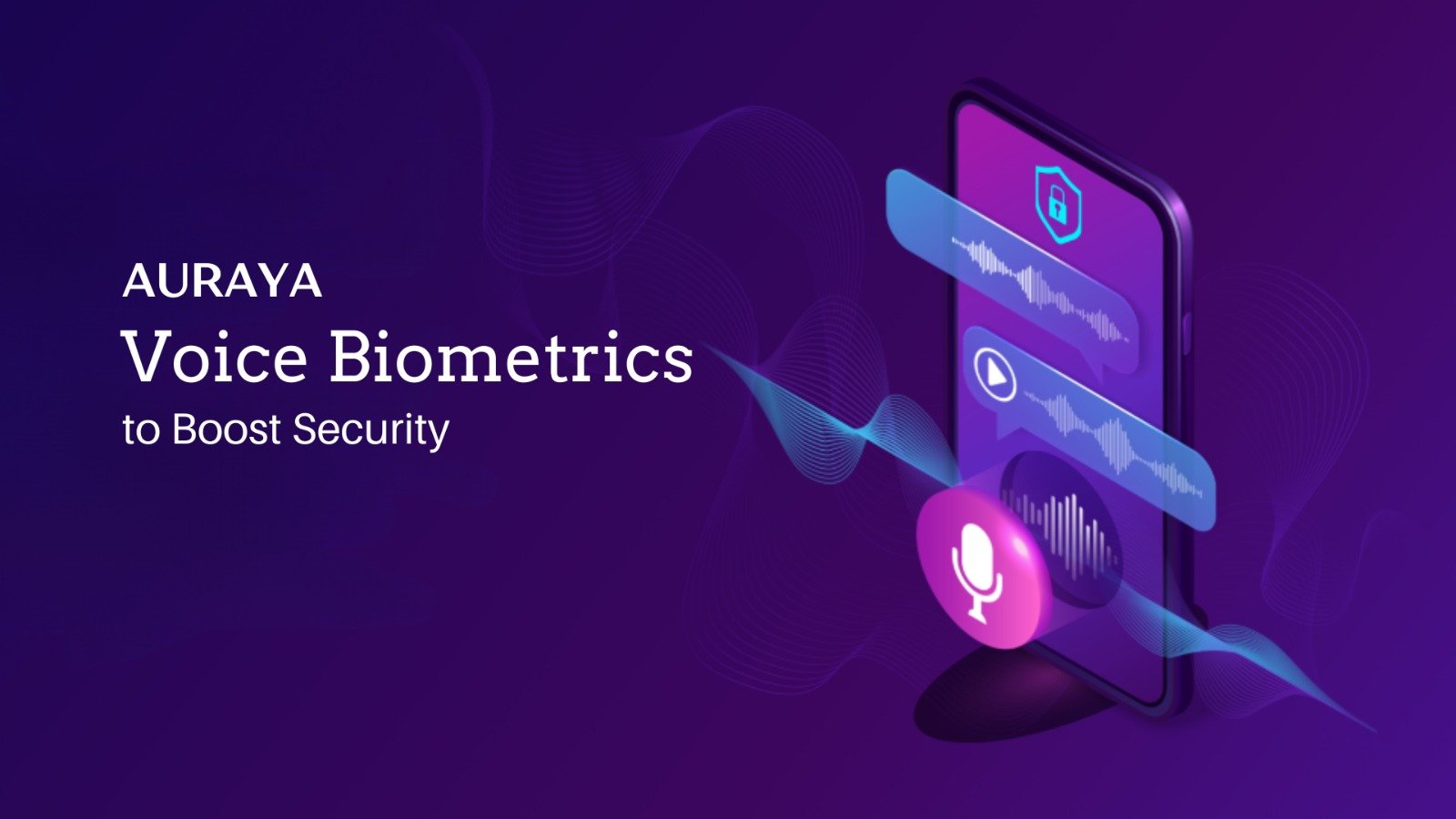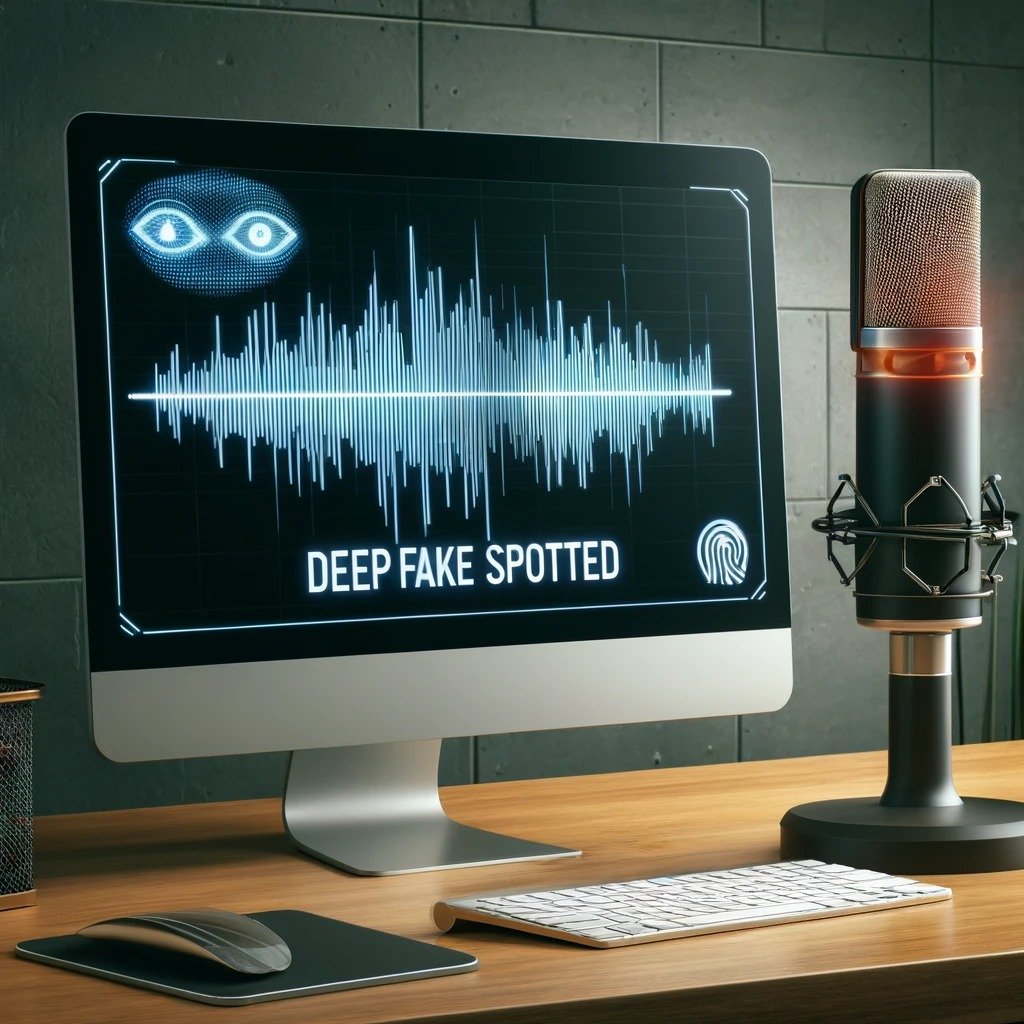Don't Settle for Cloud Washed Solutions
Cloud computing became popularized during the early 2000s as Amazon created Amazon Web Services and Elastic Compute Cloud in 2006, followed by Google in 2008 with their Google App Engine and NASA’s OpenNebula later in 2008. Today, Amazon Web Services defines cloud computing as “on-demand delivery of computer power, database, storage, applications, and other IT resources via the internet with pay-as-you-go pricing.”
Many technological companies now use on-demand cloud-based platforms to offer pure cloud-native solutions like Auraya’s EVA for Amazon Connect. However, the rapid adoption and booming competition have driven some companies to undergo shortcuts to implement a ‘cloud’ solution.
What is a pure cloud-native solution?
Adding to Amazon Web Services’ definition, NIST defines cloud computing as “a model for enabling ubiquitous, convenient, on-demand network access to a shared pool of configurable computing that can be rapidly provisioned and released with minimal management effort or service provider interaction.”
This means that to be considered as a pure cloud-native solution, companies must ensure that their solution:
Allows users to on-demand self-service anytime and anywhere
Provides service to multiple users from at least one instance
Is built on a cloud-based virtualized infrastructure
Provides frequent updates with no downtimes
Offers opportunity for growth and scalability
Is billed as a pay-per-use service
Additionally, cloud-based solutions offer three types of services: software as a service (SaaS), platform as a service (PaaS) and infrastructure as a service (IaaS). There are also four types of deployment: public, private, community and hybrid. If cloud-labelled solutions do not contain or provide either of these, then it is most likely that those solutions are cloud washed.
EVA for Amazon Connect, a pure cloud-native application by Auraya
EVA for Amazon Connect is one great example of a pure cloud-native application. EVA for Amazon Connect is a SaaS voice biometric application developed by Auraya. It is built for Amazon Connect, a public cloud customer contact center service on Amazon Web Services. The application provides voice biometric capabilities that allow customers to enroll, verify and authenticate their digital identities by using their voice.
EVA for Amazon Connect provides users with on-demand self-service access and is highly configurable via the standard Amazon Connect orchestration resources. Being built for the cloud, the resources are pooled and shared securely. This allows for limitless expansions, supporting scalability as more callers are enrolled, verified and authenticated.
What is cloud washing and how to spot it
Some companies have taken advantage of the trends and buzzwords such as the marketing jargon ‘cloud’ that they have labeled their own solutions as cloud-based when it is not. This attempt to make their solutions’ perceived value more attractive is defined as cloud washing. For many instances of cloud washing, vendors would label their solutions with the word ‘cloud’ if any components interact with or rely on the internet. A common example would be a company rebranding their products by adding ‘cloud’ to it after creating a virtualized data center for its legacy, on-premise software solution. The issue here is that the solution is still a legacy solution that requires an on-premise location, not cloud location.
To avoid settling for cloud-washed solutions, below are some common shortfalls that you should look out for:
Overuse the jargon ‘cloud’ without any backing evidence
Requires custom/manual configurations and setup for integrations
Does not allow resource pooling for multiple users
Does not provide access to self-service tools for developing and configurability
Require additional software and hardware product costs
Are fixed in size and capacity
Therefore, to fully conceptualize the benefits of cloud technology, make sure you are dealing with pure cloud-native solutions and not half-baked cloud washed solutions.




